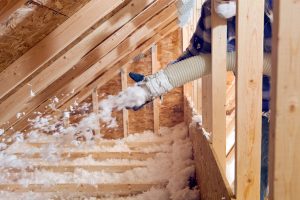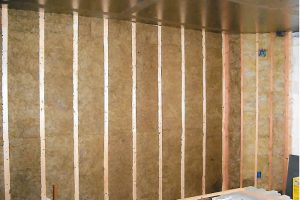Mold is a homeowner’s nightmare, and one of the biggest culprits behind it is excess moisture. The good news? Proper insulation can help with mold prevention while also improving your home’s energy efficiency. If you’re wondering how to keep your home safe from mold while maintaining comfortable temperatures year-round, here’s what you need to know about insulation and moisture control.
Why Insulation is Key to Mold Prevention
Mold thrives in damp environments, and without proper insulation, your home could be at risk. Insulation helps regulate indoor temperatures and reduces condensation buildup, which can lead to mold growth. Homes in the Lehigh Valley area—including Allentown, Bethlehem, and surrounding communities—are often under-insulated, making them more susceptible to moisture-related problems. Upgrading your insulation is an effective way to reduce energy costs and protect your home from mold damage.
Choosing the Right Insulation to Prevent Mold
Not all insulation materials offer the same level of moisture resistance. Here are some of the best options:
- Blown-in Fiberglass Insulation: Covers every nook and cranny, reducing air leaks and moisture buildup. It can also be installed over existing insulation for added protection.
- Closed-Cell Spray Foam: Creates an airtight barrier, preventing moisture from seeping into your walls and ceilings.
- Foam Board Insulation: Works well in basements and crawl spaces where moisture levels tend to be higher.
- Fiberglass with Vapor Barrier: Helps to block moisture while improving energy efficiency.
At Lehigh Valley Insulation, we provide expert guidance to ensure you choose the best insulation for your home’s specific needs.
Key Areas to Insulate for Mold Prevention
To keep moisture under control, make sure these areas are properly insulated:
1. Attics
Attics are prime spots for mold growth due to heat buildup and condensation. We recommend insulating your attic to R-38 or greater to meet energy codes and prevent moisture issues. Proper attic ventilation is also crucial in reducing humidity levels.
2. Basements and Crawl Spaces
Even though warm air rises, heat loss still occurs through uninsulated basements and crawl spaces. Using foam board insulation or spray foam in these areas helps maintain temperature control while blocking moisture infiltration.
3. Walls and Rim Joists
Wall cavities and rim joists can accumulate condensation, leading to hidden mold growth. Blown-in fiberglass insulation effectively fills these spaces, preventing moisture from settling inside your walls.
4. Attic Stairway Access
Many homeowners overlook the attic stairway access panel, which is a major source of heat loss and moisture entry. Installing a Draft Cap—a durable, lightweight insulation cover—can significantly improve insulation in this area while meeting energy efficiency standards.
Additional Tips for Mold Prevention with Insulation
- Seal Air Leaks: Cracks around windows, doors, and pipes allow moisture to enter. Sealing these gaps with caulk or weatherstripping can help keep your home dry.
- Improve Ventilation: Ensure proper airflow by using exhaust fans in kitchens, bathrooms, and laundry rooms. Attic and basement ventilation also play a key role in moisture control.
- Use Dehumidifiers: Keeping humidity levels below 50% prevents excess moisture that can lead to mold.
- Check for Leaks: Regularly inspect your roof, plumbing, and insulation for signs of water damage.
Upgrade Your Insulation with Lehigh Valley Insulation
If you’re concerned about mold or looking to improve your home’s energy efficiency, Lehigh Valley Insulation is here to help. Our team specializes in attic, basement, and wall insulation, ensuring your home stays protected and comfortable all year long.
Contact us today to schedule an insulation evaluation and take the first step toward a safer, more efficient home!






